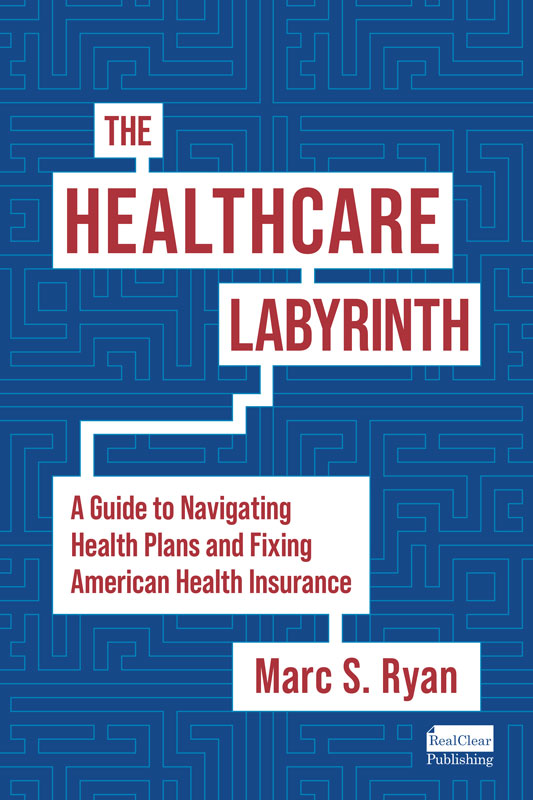Final Budget Score In From CBO: 10 Million To Lose Coverage
The One Big Beautiful Bill Act that President Donald Trump signed into law on Independence Day will add $3.4 trillion to the national debt from 2025 to 2034. This is from the final scoring of the bill from the Congressional Budget Office (CBO). The estimated deficit rise reflects $1.1 trillion in cuts to direct spending and a $4.5 trillion government revenue loss due to extended and new tax cuts.
CBO also projects the number of uninsured individuals will increase by 10 million by 2034 due to the Medicaid and Exchange reductions in the bill. This is about 2 million less than previously estimated due to some provisions being ruled unallowable by the Senate parliamentarian. Adding the expected 4.2 million to lose coverage when the enhanced Exchnage subsidies expire December 31 as well the 900,000 to lose coverage due to the just finalized Exchange rule, a total of just over 15 million will lose coverage as opposed to about 17 million.
Healthcare cuts are about $1.1 trillion over ten years, with $964 billion cut from Medicaid and $124 billion from the Exchanges.
In terms of Medicaid, limitations, and phasedown on provider taxes as well as limits on state directed payments save $392 billion and work requirements save $326 billion.
In addition, more than half of Americans — 57 percent — said in a new CBS/YouGov poll that they think the GOP’s budget bill will increase their health-care costs.
Additional articles: https://www.modernhealthcare.com/politics-regulation/trump-tax-law-medicaid-cbo/ and https://thehill.com/business/5412262-biden-bill-adds-3-4-trillion-deficits/?tbref=hp and https://thehill.com/policy/healthcare/5411435-gop-megabill-health-care-costs-survey/
(Some articles may require a subscription.)
#budgetreconciliation #trump #congress #spending #medicaid #coverage #exchanges
Health Plans Picking Up Providers
The Brookings Institution and Will Cornell Medical College find that health plan-owned primary care practices have made significant market share gains. It looked at the five top insurers and found that market share for these payers of Medicare primary care docs had increased to 4.2% nationally in 2023, from less than 1% in 2016. The payers have a higher share in Medicare Advantage than traditional Medicare, 5.7% vs. 1.8%. UnitedHealth Group’s Optum led in 2023 with a 2.7% market share, up from 0.55% in 2016. Humana was second at 0.79%.
(Article may require a subscription.)
#healthplans #providers #primarycare
https://www.modernhealthcare.com/insurance/mh-medicare-advantage-physician-practices-market
Georgia: A Lesson On Complex Enrollment Requirements
I have discussed lessons learned from other states on work requirements in Medicaid. This Kaiser Health News article details Georgia’s experience. Georgia expanded coverage to 100% of the federal poverty limit but with work requirements. More than 100,000 have applied to Medicaid through March. Just over 8,000 were enrolled at the end of June. About 300,000 would be eligible if the state fully expanded Medicaid under the Affordable Care Act (ACA).
The program has cost more than $100 million, with only $26 million spent on health benefits and more than $20 million allocated to marketing contracts.
The Georgia experience could be a case study on work requirements and stricter enrollment checks from the budget bill.
#medicaid #workrequirements #eligibility #budgetreconciliation
Rural Hospitals Hurt By Medicare Advantage Growth
A Health Affairs Forefront Blog does a good job looking at issues of Medicare Advantage’s (MA) expansion to rural areas and the impact on rural hospitals. In rural areas, MA enrollment has surged from 11% in 2010 to 40% in 2023.
Rural hospitals complain that MA is robbing them of critical revenue as MA provides lower reimbursement. In addition, they claim the use of prior authorization (PA) delays or denies stays and claims and leads to a huge administrative burden. I would think the 2024 rule requiring MA to use traditional program coverage criteria would help these issues dramatically.
The blog recommends a number of things to protect rural hospitals:
- Strengthen network adequacy criteria and enforcement in MA.
- Move beyond volume-based reimbursement tied solely to the volume of traditional Medicare patients in the traditional program.
- Strengthen MA contracts to incorporate cost-based payments for critical access hospitals.
- Deeper analysis of MA’s impacts at hospital, market, and plan levels.
- Standardization of PA and claims processes to alleviate the excessive administrative burden.
The blog concludes that MA is undoing the traditional protection offered rural hospitals.
(Article may require a subscription.)
#ruralhealthcare #hospitals #medicareadvantage
— Marc S. Ryan





